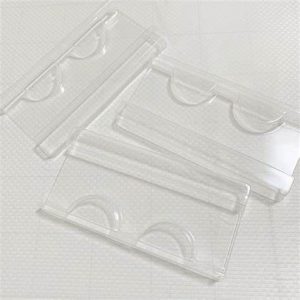The object I chose was a fake eyelash tray. Each tray typically comes wrapped in cardboard and with a set of eyelashes lightly glued to the tray. I typically have one of these lying around on my desk, as the spot where unused pairs stay, and the current pair I wear for a couple of days is set until the next application. When all the pairs have been worn multiple times, and I have thrown them out, then I will throw away the tray. Upon looking at this item before I throw it away, I would not consider it dirty, but I would consider it trash or waste. If there was visible dirt on it, or if I was aware or could visually tell that it came in contact with another substance, such as pasta sauce, to give a random example, then I would consider the tray dirty. I do consider the tray to be a part of the eyelash packaging, and in general, packaging overall feels safer to engage with compared to what is being packaged, mainly the item being packaged is likely being packaged for a reason. In this context with the tray, I would consider the eyelashes that were once on it more gross than the tray, as they have touched my eyes and have likely accumulated dust and dirt throughout the day. While yes, the tray could have done the same while sitting in my room, I wonder if my lack of physical presence in the second situation influences my perspective at all. The fact that the tray can no longer be used in the way I see fit is why I would consider it waste. If Mary Douglas describes dirt as being matter out of place, then maybe I would have to consider my item dirt, as at this stage of its existence, I do see it as matter out of place. However, I don’t entirely agree with Douglas’ definition and therefore willcontinue to refer to it as waste rather than dirt. 